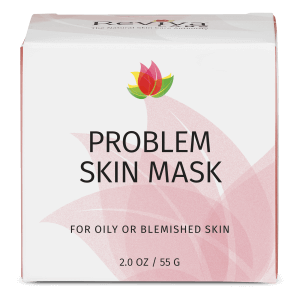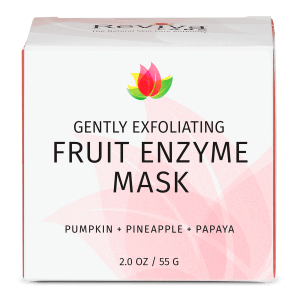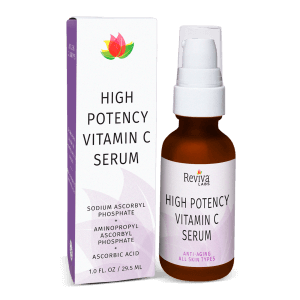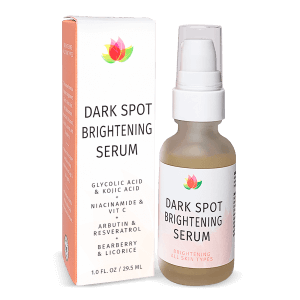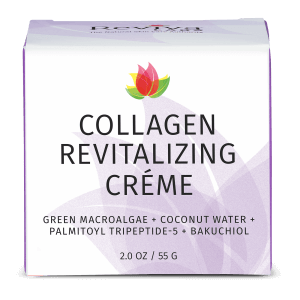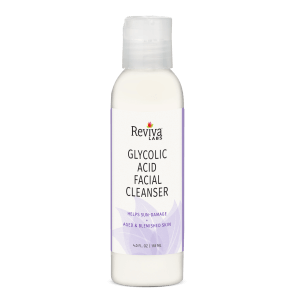When it comes to skincare, few things are more perplexing than dealing with combination skin. According to the American Academy of Dermatology, approximately 30% of people have this skin type. Imagine that! Almost a third of us experience the confusing cocktail of dryness, oiliness, and sensitivity—sometimes all at once. That can make choosing the right products feel like a balancing act. But fear not! I’m here to help you crack the code on managing your combination skin, offering advice you can actually use without throwing every product on the market into your cart.
Combination skin means you’re dealing with two or more different skin types simultaneously. Most often, people with combination skin will notice that their T-zone (forehead, nose, and chin) is oily while their cheeks may feel dry or even tight. This unique challenge calls for a unique skincare strategy, one that is fine-tuned for the varying needs of your skin. It’s all about balance.
Identifying Your Combination Skin
Combination skin can often be misunderstood, especially because it mimics some characteristics of both oily and dry skin. So, how can you tell for sure if you have combination skin?
If you frequently find your nose and forehead looking shiny by midday, but your cheeks feel like they’ve been exposed to desert air, that’s a clear sign. Perhaps you’ve also noticed that certain areas of your face break out while others seem flaky or irritated. This push-pull of excess oil in some regions and dryness in others is the hallmark of combination skin.
The reality is most of us aren’t stuck in one “skin type” box forever. Hormones, climate, and lifestyle choices can all affect the way your skin behaves. So, if you suspect your skin is shifting, it’s a good idea to adjust your routine accordingly.
Why Combination Skin Needs Special Attention
Combination skin can be tricky to manage because you don’t want to exacerbate oiliness in the T-zone or dry out already parched areas. But the real struggle comes from trying to address both without overloading your skin. It’s tempting to think, “If one moisturizer is good, two must be better!” or “Maybe I’ll just avoid moisturizer altogether in the oily spots.” Resist that urge. Stripping the skin of moisture can lead to more oil production, and not treating dry areas will make them even more prone to irritation.
The key to managing combination skin is to strike that elusive balance. Your routine should be designed to provide hydration without clogging pores while keeping oil in check without over-drying. The right products can help your skin find this balance and maintain it long-term.
Cleanse with Care
The foundation of any skincare routine is cleansing, but for combination skin, you need to be especially thoughtful. Harsh cleansers can strip away the essential oils your skin needs, causing an increase in sebum production. At the same time, overly moisturizing formulas may clog pores in your T-zone.
Look for a gentle, sulfate-free cleanser that can purify the skin without disrupting its natural barrier. Ingredients like aloe vera, green tea extract, or chamomile work well because they soothe without weighing down the skin. The goal here is to remove excess oil and impurities without triggering your skin to overcompensate by producing more oil.
Morning and night, aim for a thorough but gentle cleanse. Massaging the cleanser in for about 30 seconds before rinsing ensures you’re not leaving any residue behind. You’ll want to follow this up with lukewarm water—too hot and you risk further irritating dry patches, too cold and you won’t effectively break down oils.
Toning—The Unsung Hero
Toners often get overlooked, but they can be a game-changer for combination skin. A good toner will help balance the pH of your skin while gently refining your pores and prepping it to absorb the next steps in your routine.
However, not all toners are created equal. Avoid those alcohol-laden formulas—they’ll only dry out your skin and exacerbate any tightness you may already be feeling. Instead, look for something hydrating and mildly exfoliating. Toners with witch hazel, rose water, or even niacinamide (vitamin B3) can work wonders for combination skin.
Pat the toner on gently rather than using cotton pads that may be too abrasive. This method ensures your skin drinks up all the beneficial ingredients without unnecessary irritation.
The Power of Serums
Now, let’s talk serums. These concentrated formulas are the secret weapons in your skincare arsenal. For combination skin, you’ll want to focus on ingredients that help regulate oil while hydrating the dry areas. Hyaluronic acid is a standout choice, as it’s intensely hydrating but lightweight, so it won’t clog your pores or exacerbate oily areas.
If you struggle with congestion in your T-zone, opt for a serum that contains salicylic acid. This beta hydroxy acid works by dissolving the gunk deep within your pores, helping to prevent breakouts. For dry areas, vitamin C serums can brighten and hydrate, offering an antioxidant boost that keeps your skin looking radiant and healthy.

When applying, target the drier areas first, then lightly apply a smaller amount to the T-zone. By doing this, you prevent overloading the oily areas with excess product while still ensuring they get some attention.
Hydration—Finding the Balance
This is where things can get tricky. Moisturizing combination skin can be a balancing act, and not just any moisturizer will do. You want something lightweight enough to avoid suffocating your pores but nourishing enough to keep dryness at bay.
Gel-based or water-based moisturizers are often a great fit for combination skin. These formulas offer plenty of hydration without feeling greasy or heavy. Look for ingredients like glycerin, hyaluronic acid, and ceramides—they help to draw moisture into the skin while repairing the natural barrier.
If you have particularly dry patches, don’t hesitate to layer a more emollient cream over those areas, but be careful not to slather it all over your face. For example, a rich cream containing shea butter or squalane can work wonders for dry cheeks but may not be suitable for your T-zone.
Sunscreen—Yes, Every Day
The importance of daily sunscreen can’t be overstated. Regardless of your skin type, you need to protect your skin from harmful UV rays. For combination skin, go for a non-comedogenic sunscreen that won’t clog pores but offers enough hydration to double as your moisturizer during the day.
Mineral-based sunscreens with zinc oxide or titanium dioxide tend to be less irritating than chemical sunscreens and are great options for combination skin. Choose a formula that’s lightweight, fast-absorbing, and leaves no greasy residue.
And here’s a quick tip: apply your sunscreen as the last step in your skincare routine, not before. It needs to sit on top of your skin to create that protective barrier.
Exfoliation—A Gentle Approach
Exfoliating is crucial, but it’s a step where many people go wrong. Over-exfoliation can lead to irritation, especially for the dry patches that often accompany combination skin. At the same time, oily areas need help to keep pores from getting clogged. How do you strike the right balance?
For combination skin, I recommend exfoliating 1-2 times a week with a gentle chemical exfoliant rather than a physical scrub. Physical exfoliants with harsh granules can cause micro-tears in the skin, making dryness and irritation worse. Opt for something like a lactic acid or polyhydroxy acid (PHA) exfoliant, which works to slough off dead skin cells without causing trauma.
Exfoliate in the evening after cleansing and be sure to follow up with a hydrating serum and moisturizer to replenish the skin’s moisture barrier.
Masking—Tailored to Your Needs
Multi-masking is a fantastic approach for combination skin. The idea is to apply different types of masks to different areas of your face based on their needs. For example, you can apply a clay-based mask to your T-zone to absorb excess oil and a hydrating mask to your cheeks to help restore moisture.
Look for clay masks with ingredients like kaolin or bentonite to draw out impurities without over-drying. For hydration, a sheet mask with hyaluronic acid or aloe can give your skin the moisture boost it craves.
The beauty of multi-masking is that it allows you to target specific issues simultaneously. This keeps your skincare routine efficient without sacrificing effectiveness.
A Holistic Approach to Combination Skin
Skincare isn’t just about the products you apply—it’s also about how you treat your body as a whole. Stress, diet, and lifestyle all play a role in how your skin behaves. Drinking plenty of water, eating a balanced diet rich in fruits and vegetables, and managing stress through mindfulness or exercise can have a noticeable impact on your skin.
Remember, the journey to healthy skin is a marathon, not a sprint. It can take weeks, sometimes even months, to see noticeable changes from a new routine. But the good news is that once you find the right balance, your skin will thank you for it!
So, take it from someone who has navigated the often-confusing world of combination skin: it is possible to create a routine that works for your unique needs. With the right products and a little patience, you’ll be well on your way to achieving a healthy, balanced complexion.







